Drives analysis
What drives your customers? A drives analysis provides insight into this. In a drives analysis, we use a model developed by Bain & Company in which the drives are clustered in a pyramid, consisting of 4 levels. At the bottom of the model are the functional drives. These apply at all times and to all products and services. Above that are the emotional drives, followed by life-enriching drives and the drive of social impact. The higher up the pyramid, the stronger the driver, but also the more specific and selective the group to which the driver relates. Successful brands know how to capitalize on multiple drivers and levels.

What is a driving force?
What exactly is a drive? Drives are deeper needs. An example: most people have an irresistible need to use social media. A drive below this is affiliation/belonging (3rd level in the pyramid). Humans are social animals and we want to belong. Social media helps us stay in touch with our social network, which appeals to this drive.
Where needs are concrete, drives are more abstract. This means that drives can be fulfilled in many ways. Becoming a supporter of a soccer club is also an interpretation of affiliation/belonging, as is wearing a certain style of clothing. This makes insight into drives, which play a role in the context of your product or market, crucial for the development of new products and services or when repositioning your organization or brand.


Drives research
We conduct needs and drives research to identify drives. When setting up such a research project, it is important to realize that most people are not aware of their drives; they are deeply hidden in our subconscious brain. The simple assignment "tell us what drives you" usually yields an incorrect or incomplete answer. At Forum Research, we therefore apply neuroresearch techniques to penetrate the subconscious brain. It requires intensive, qualitative research, in which we conduct individual in-depth interviews that often last an hour or more. The result is a report with an overview of the most relevant needs, their interrelationship, and the drives to which they are related.


